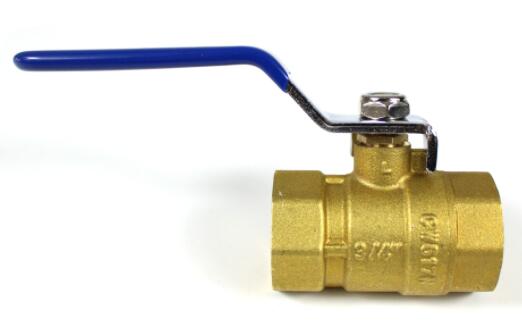For ball valves, we will be your better choice, have a try?
Ball Valves
A ball valve is a valve that uses a hollow, rotating ball to cut off, distribute, and redirect the flow of media in a pipeline. It can also be used for fluid regulation and control. Ball valves provide very good shutoff capability. A simple quarter turn (90°) is all it takes to open or close the valve. If the hole in the ball is in line with the flow rate, the valve opens, and when the ball is rotated ninety degrees using the valve handle, the valve closes. This feature minimizes valve operating time and reduces the potential for leakage due to gland seal wear.

The primary function of a ball valve is to isolate parts of a piping system by starting, stopping or regulating the flow of media (usually water, air or gas) between different chambers, pipes and ducts. This is accomplished by allowing the media to pass freely through the ball valve, by allowing the media through a narrow opening section, or by stopping the flow altogether. Depending on the valve type and handle position, ball valves can also be used to divert flow into different directions.
Ball valves offer easy operation, quick maintenance and a high level of versatility. This means they are widely used in industrial applications and are capable of supporting pressures up to 1,000 bar (100 MPa, or 15,000 psi) and temperatures up to 400°C (752°F), depending on the material, media, and design used.
These components are typically used in applications where they are required to open or close critical locations. The design of ball valves means that they inherently provide reliable shutoff, provided all components are in good working order. However, they are typically less efficient at accurately controlling flow rates in the tapering position between fully open and fully closed.
Types of ball valves
▷ Ball valves can be divided into two main categories: reduced diameter and full bore. In reduced bore valves, the valve opening is smaller than the pipe diameter; in full bore valves, the valve opening is the same size as the pipe diameter. Full bore ball valves are often valuable because they minimize the pressure drop across the valve.
▷ Depending on the method of operation, ball valves can also be classified as manual ball valves, electric ball valves, and hydraulic ball valves (sometimes called hydraulic flow control valves).
▷ Ball valves designed for specific applications are labeled accordingly, e.g. gas ball valves.
Ball valves are usually only recommended for use in the fully open or fully closed position. They are not suitable for regulating flow by holding them partially open, as ball valves use annular soft seats.
When used in the partially open position, pressure is applied to only a portion of the seat, which can cause it to deform. If the seat is deformed, its sealing performance will be impaired, resulting in leakage.

Comments
Post a Comment